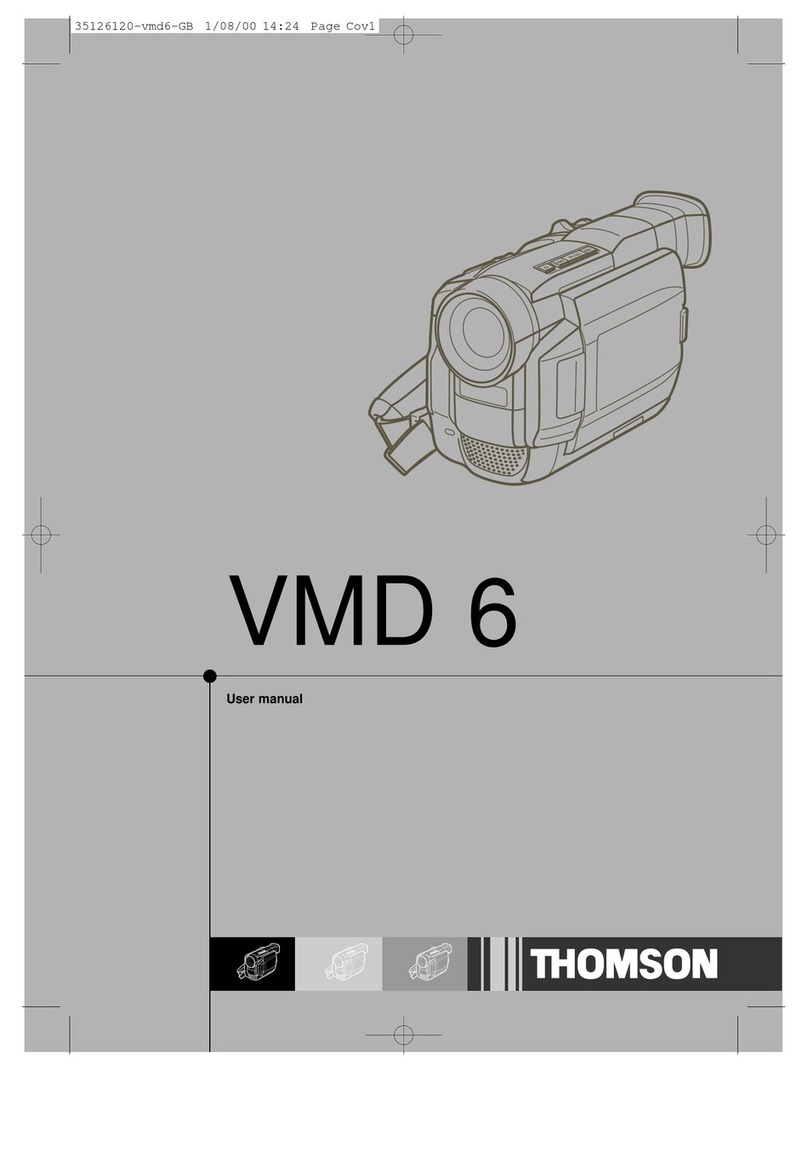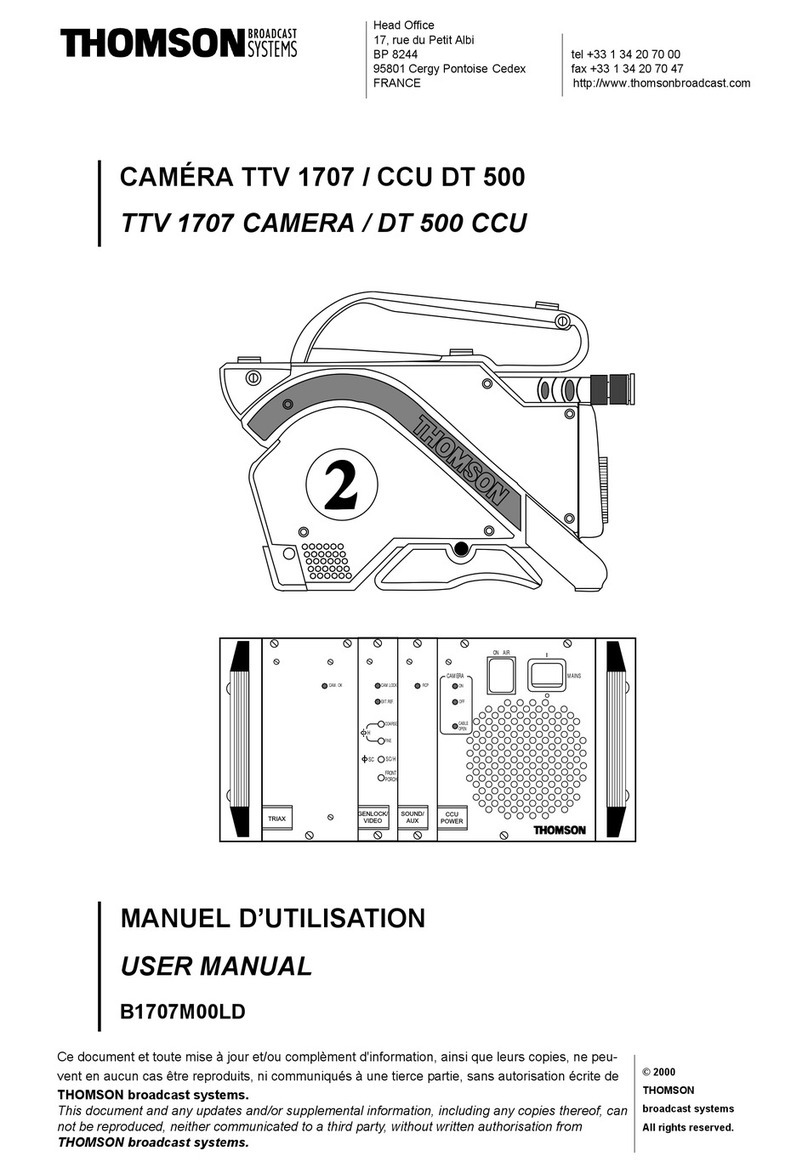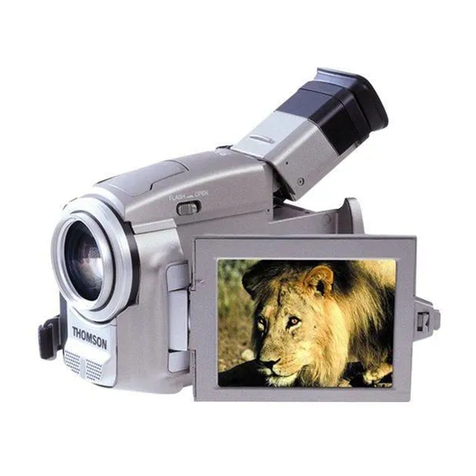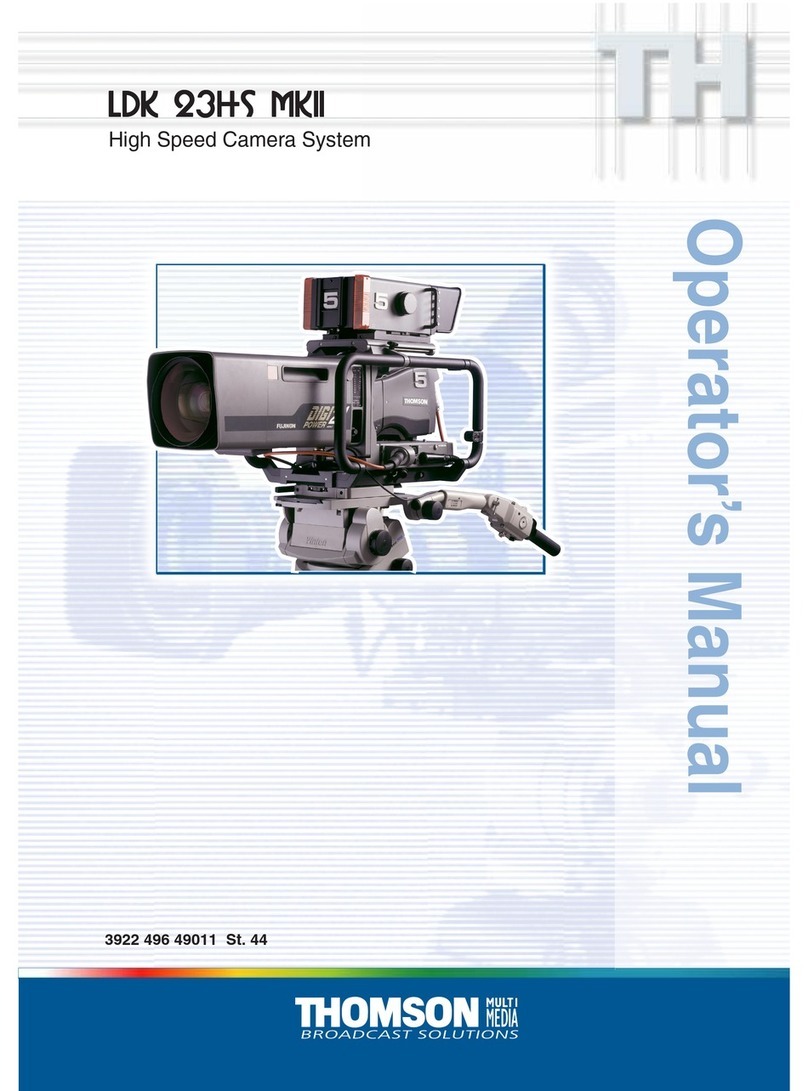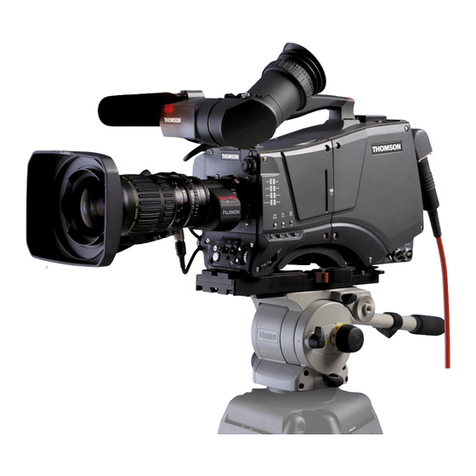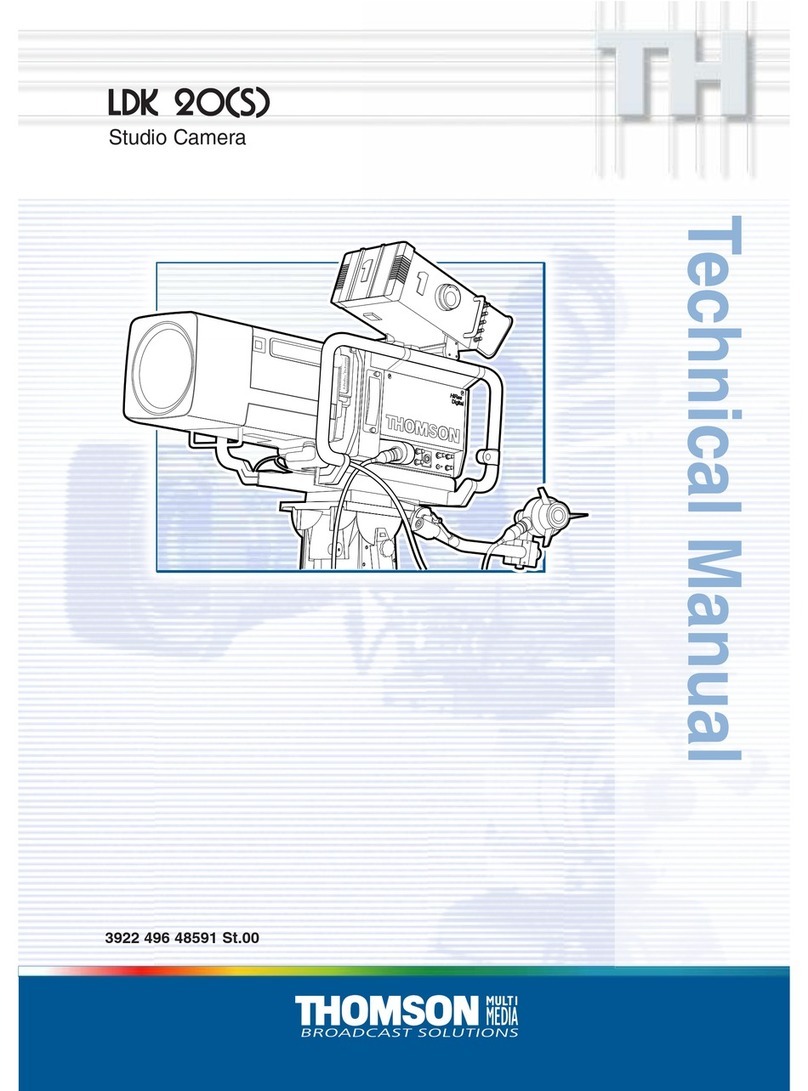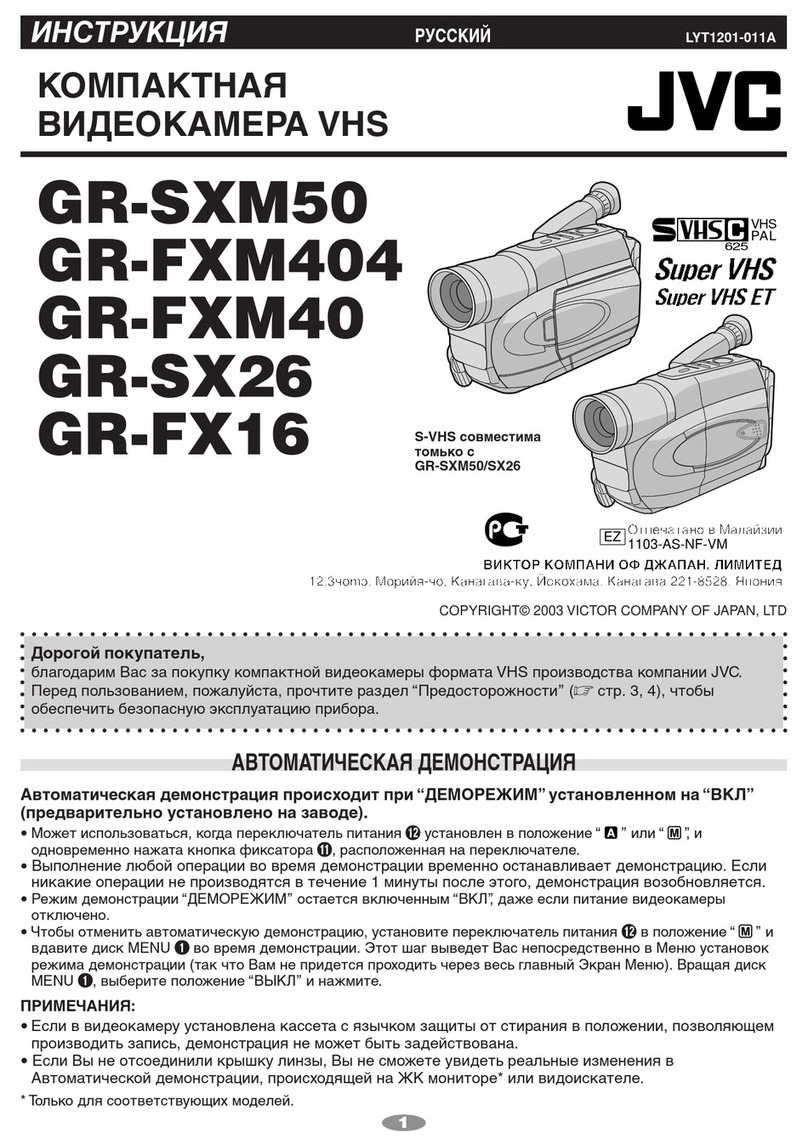1-2 Operator's Manual LDK 20(S) - Studio Camera Introduction
The digital contour processing uses full amplitude
600% video RGB signals via an extended dynamic
range contour circuit. It enables the optimum levels of
contour control at highlights (in knee) and at sharp
edges, without first having to compress the highlight
signal. The dual auto skin tone contour circuitry
handles 360° of the colour vector.
Colorimetryisselectedbymeansof a variable 6-point
digital matrix or via preset matrices (1:1, EBU, RAI,
BBC and Skin).
Digital gamma circuits as well as providing a wide
rangeofstandardisedgamma curves also enablesoft
contrast in black scenes to be enhanced, together
with hard contrast and saturated colour in bright
scenes.
Digital contrast circuitry provides a black stretch
function for more detail in black areas and a black
press function for improving the contrast impression
by simulating the S-curve of film.
The LDK 20(S) camera uses Dynamic Pixel
Management (DPM). This new technology enables
the format of the sensors to be switched between 4:3
and 16:9 aspect ratios at the touch of a switch without
loss of horizontal resolution. The 1000 pixels per line
in both formats ensures that there is no loss in
horizontal viewing angle.
Another aspect of the 2/3" DPM sensors is that there
isnolossofverticalresolution between formats. They
haveahighlightcompression/dynamic rangeof600%
and a high linear sensitivity over all camera lens
apertures. The frame transfer technology ensures
that there is no lag nor smear. The 2/3-inch DPM
sensor has been designed so that vertical pixels are
addressable in groups of 3 or 4, for operating in 16:9
and4:3aspectratiosrespectively.Switchingfromthe
basic 4:3 sensor format to 16:9 gives no loss of
horizontal or vertical resolution. In fact, 1000 pixels
perlinewith both aspectratiosensureshigh resolution
in the red, green and blue camera channels.
General
LDK 20(S)
The
HiRes
Digital LDK 20(S) is a Studio camera
whichuses2/3" frametransfersensors. Theadvanced
HiRes
Digital processing of the camera is based on
12-bit A/D converters, 14-bit DSP circuits and more
than 20-bit internal processing. Two DSPs combine
all major camera functions in the digital domain,
including knee, gamma, contour, matrix and colour
correction. A software programmable video path
enables the sequence of the matrix and gamma
function to be selected for precise colour matching of
different cameras.
TheIntelligentContinuousAutomaticsfacilityprovides
automatic control of black levels and black shading.
Each sensor has two lines of elements that are
protected from incoming light and therefore give a
true indication of black. The black reference signal
that they provide is used in the camera pre-processor
circuits to monitor temperature changes which, if not
corrected, would alter the black level. In this way
continuous automatic correction is applied without
operator intervention.
To emulate the softly limiting S-shaped transfer
characteristics of film, the TV camera's near linear
characteristicsarecompressedabove a certainpoint,
the knee. The pivoting knee circuit of the LDK 20(S)
camera adapts both the knee point and the
compression ratio according to the highlight content
of the picture. Significant highlights lower the knee
point to give more room for compression, while minor
highlights only affect the upper part of the transfer
characteristic. Signals below the knee point remain
unaffected. As a result, compression is only applied
where necessary and in proportion to the highlight,
and the pictures obtained have true film-like quality.
The 12-bit A/D processing of a 600% video level
assures high levels of accuracy for this advanced
dynamic handling.
DigitalTrueColourKneecircuitrymaintains thecorrect
hue for 600% compressed video highlights. With this
system colours are faithfully reproduced, even
overexposed skin tones.
